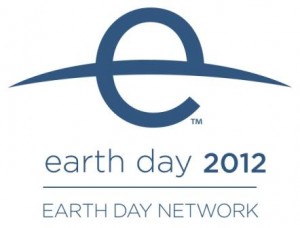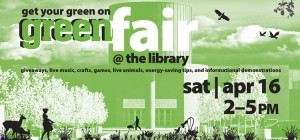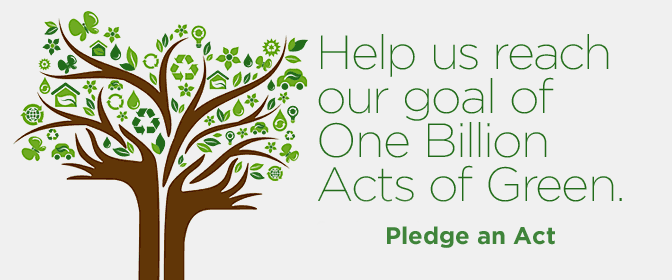I haven’t posted in awhile, not by choice. In January I got a new boss. Shortly after that 30% of my coworkers were laid off. Shortly after that I made it my mission to fight the heck out of the New York State Governor’s proposed 10% cut to library aid.
Library Systems in NYS have been kicked around for the past 15 years, it’s been a lot worse since the economic downturn. It’s hard to believe that the NYS budget has doubled since 1998 but library aid went down by 25%. We’ve been cut five times in just the last two years.
I’m a fan of common sense. I’m a fan of people who take personal responsibility for themselves. It is not common sense to cut libraries during economic hard times because libraries are where people who take responsibility for themselves and their families go to make it through.
Using the library’s computers and Internet connection is a lifeline for job seekers. Prepping kids for school when your family can’t afford to send them to pre-school increases a child’s earning potential twenty years later. Having the opportunity to relax with a book or a movie after working in a place that is under constant threat of lay offs should not be reserved for those that can purchase said movie from Amazon.
The same reason I started SustainableLibraries.org is why I believe in public libraries – we all have to work together to make a difference. It may sound hokey or naive but I really do believe that.
I believe in the library directors, staff, trustees and Friends Groups that I work with in the Mid-Hudson Library System because I see them change lives of people in their community for the better. Whether it be by providing great customer service, caring reference assistance, good collections, positive community events that bring neighbors together, helpful programs for people of all ages to do everything from get people’s taxes filed correctly to de-stressing with a yoga class.
SustainableLibraries.org was started as an extension of my day job where I help libraries find sustainable funding. I strongly believe that a very smart part of a truly sustainable funding strategy is a sustainable building, a focus on reduced operating costs through smart choices in facility construction, operations and programs.
Last year I found myself groaning every time someone whipped out the phrase “now more than ever” but I’m usin’ it this morning – libraries need to focus on sustainability – on all fronts – NOW MORE THAN EVER.
Our funding is decreasing, politicians are scrutinizing, users are relying on us. We have to make smart choices that sustain us for the long haul locally and globally.
A fact I used on Library Advocacy Day on Tuesday in our State’s capitol was that while state funding is decreasing at a record rate, local funding is holding firm. Local tax payers are voting to tax themselves for library services in their communities – statewide 97% of library budget votes passed in 2010. Local people get it, now we just have to help legislators hear from their constituents that they are supposed to represent up in Albany.
One thing I’ve learned is that legislators value “going green” right now. Regardless of political affiliation legislators have voted for more money to go to the energy research and development authority, green job creation and sustainable construction money than just about anything else.
We’ve got to get in on that.
Tie sustainable funding and “going green” together, trust me, it will pay off for you in one way or another.




